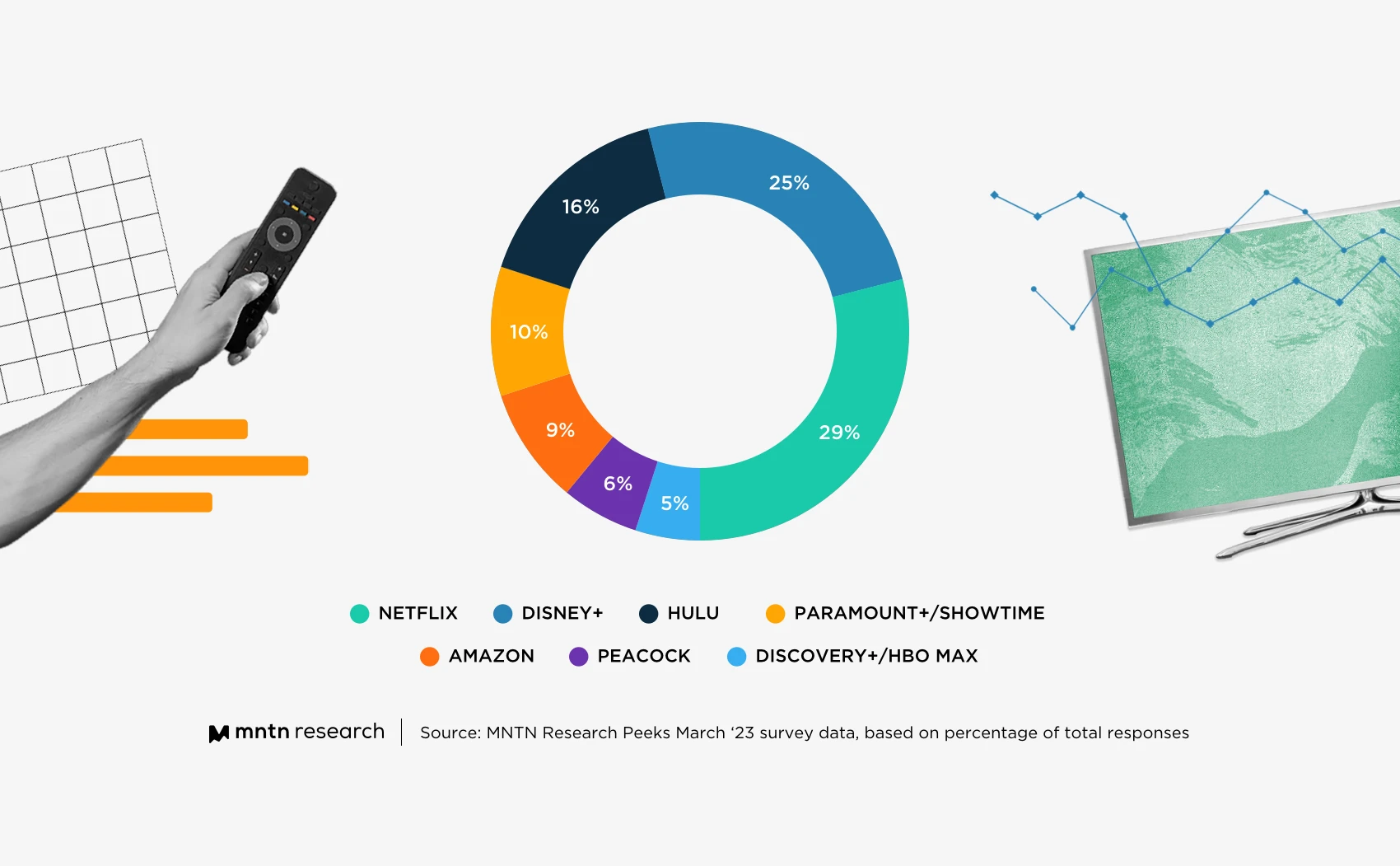Netflix’s ad-supported subscription tier is fueling major growth, according to a Seaport Research Partners analysis. The plan now accounts for nearly half of new subscribers, driving significant gains in revenue and user base.

October 7, 2025

Source:
MarketWatch
Ad-Supported Tier Fuels Subscriber Surge
Netflix's ad-supported subscription tier has rapidly become a central pillar of its growth strategy, according to a new analysis from Seaport Research Partners. The plan's success signals a fundamental shift in the streaming giant's business model.
What began as a supplemental offering has transformed into a primary engine for user acquisition. This strategic pivot is paying off.
Explosive User Growth
The numbers highlight a dramatic uptake in the ad-supported plan. Key statistics include:
As of the second quarter of 2025, 42% of all Netflix subscribers are on the Standard With Ads plan.
This figure represents a threefold increase from just 14% in 2023, according to Hub Entertainment Research.
The global user base for the ad-supported tier has now surpassed 94 million subscribers.
This growth indicates that the tier is not just a niche option but a mainstream choice for a significant portion of the Netflix audience.
Keep up with the story. Subscribe to the PR+ free daily newsletter

Source:
Morningstar
Revenue and Technology Drive Momentum
The subscriber boom is directly translating into significant financial gains and technological advancement for Netflix, attracting strong interest from advertisers.
Doubling Down on Ad Revenue
Netflix is on pace to "roughly double" its advertising revenue in 2025. This increase is attributed to a combination of higher subscription prices, more paying members, and growing ad sales. The company reported a 16% year-over-year increase in its latest quarterly revenue, reaching $11 billion, with the ad-supported tier cited as a primary contributor.
Launch of In-House Ad Suite
A key factor in this success is Netflix's new in-house advertising platform, the Ad Suite. Rolled out across all 12 of its ad-supported markets, this proprietary technology has streamlined the ad-buying process.
The platform offers advertisers sophisticated tools, including:
Precision Targeting: Brands can now segment audiences based on viewing habits and preferences, enhancing campaign efficiency.
Advanced Measurement: Real-time performance tracking allows advertisers to monitor campaign effectiveness.
New Ad Formats: The platform supports pre-roll, mid-roll, and post-roll ads. Interactive formats, such as pause ads, are scheduled to debut later in 2025.
This technological leap, detailed in industry reports from outlets like Adweek, makes Netflix an increasingly competitive player in the digital advertising space.
Read More

Source:
MNTN Research
Share this news:




















